


Acupuncture is an ancient form of Chinese medicine which originated approximately 2500 years ago. Acupuncture involves the insertion of very fine needles into specific points on the body to achieve a therapeutic effect. It is the reaction of the body to the insertion of the needles which creates the treatment effect and there is no medication involved. Acupuncture facilitates the body's natural healing ability, can improve blood flow, and can cause the release of pain relieving chemicals called endorphins. Acupuncture is now an accepted part of western medicine, and has been shown to be safe and effective in the treatment of pain. Acupuncture treatments are usually painless. The needles are very fine and sterile, and do not have a cutting edge to them. Imagine a knitting needle being pushed through a ball of yarn. The knitting needle does not cut the yarn, but can slide through the strands without causing any damage. Treatments usually last 10 to 15 minutes depending on the injury or illness being treated.
At Banff Physical Therapy, four of our registered physiotherapists have received specialized training in acupuncture through the Acupuncture Foundation of Canada Institute (CAFCI)

IMS is an effective treatment for myofascial pain syndromes (chronic pain conditions that occur in the musculoskeletal system when there is no signs of inflammation). It uses implements of traditional acupuncture but it is based on scientific principles. Instead of the “chi” energy and meridian lines of the traditional lines of Chinese medicine, it addresses shortened muscle syndromes caused by neuropathic pain.
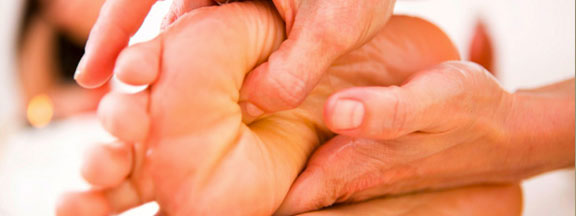
Neuropathic pain occurs when nerves malfunction following an irritation. Nerves become extremely sensitive causing harmless signals to be exaggerated and misperceived as painful ones. The result is pain, even when extensive medical tests shows that there is nothing wrong. This neuropathic pain cause shortened muscle syndrome.
When the nerves malfunction, they cause muscles to contract and shorten in distress. Muscle shortening produces pain by pulling on tendons, straining them as well as stressing the joints they move. It can also increase wear and tear and contributes to degenerative changes such as tendonitis and osteoarthritis.
The goal of the treatment is to release muscle shortening. The IMS technique induces relaxation by tightening the muscle and then letting it go. The shortened muscle grabs on the needle and then releases. This creates an electrical potential in the muscle which helps to reset the hyperactive nervous system causing the muscle shortening. It also causes a microscopic injury initiating a natural healing process in the area.
The most common cause of nerve irritation and neuropathic pain is degeneration of the spine. Basically, wear and tear of the spine leads to nerve root irritation, neuropathy and muscle shortening. For example, cervical spine osteoarthritis (neck aging), can cause irritation of nerves feeding into your shoulder and cause a rotator cuff tendonitis. As another example, a low back instability could irritated nerves and cause plantar fasciitis.
Achilles tendonitis, bicipital tendontinis, frozen shoulder, patello-femoral syndrome, wrist tenosynovitis, back and neck pain, headaches, plantar fasciitis, piriformis syndrome, rotator cuff syndrome, shin splints, jaw pain, tennis elbow. When competently performed, IMS has a remarkable success rate in treating chronic pain. Talk to your physiotherapist to see if your condition could be treated with this technique.
If you think you have a condition that may benefit from IMS, simply make an appointment with our GunnIMS qualified physiotherapist.

As described by Kinetacore, Dry Needling is a general term for a therapeutic treatment procedure that involves multiple advances of a filament needle into the muscle in the area of the body which produces pain and typically contains a trigger point. There is no injectable solution and typically the needle that is used is very thin. Most patients will not even feel the needle penetrate the skin, but once it advances into the muscle, the discomfort can vary from patient to patient. Usually a healthy muscle feels very little discomfort upon insertion of the needle; however, if the muscle is sensitive and shortened or contains active trigger points, the subject may feel a sensation much like a muscle cramp, often referred to as a 'twitch response". The twitch response also has a biochemical characteristic to it which likely affects the reaction of the muscle, symptoms and response of the tissue. Along with the health of the tissue, the expertise of the practitioner can also attribute to the variation of discomfort and outcome. The patient may only feel the cramping sensation locally or they may feel a referral of pain or similar symptoms for which they are seeking treatment. A reproduction of their pain can be a helpful diagnostic indicator of the cause of the symptoms. Patients soon learn to recognize and even welcome this sensation, as it results in deactivating the trigger point, reducing pain and restoring normal length and function of the involved muscle. Typically, positive results are apparent within 2-4 treatment sessions but can vary depending on the cause and duration of the symptoms, overall health of the patient, and experience level of the practitioner. Dry needling is an effective treatment for acute and chronic pain, rehabilitation from injury, and even pain and injury prevention, with very few side effects. This technique is unequaled in finding and eliminating neuromuscular dysfunction that leads to pain and functional deficits.

Our feet disperse a large amount of force while we move about our daily lives. Structural abnormalities can significantly limit our ability to participate in activities. At Banff Physical Therapy, we are pleased to offer custom orthotic solutions by working in conjunction with Ares Orthotics in Calgary. First, we complete a thorough foot, knee, hip and gait assessment to determine if orthotics are appropriate for you and then we make a 3-dimensional plaster cast of both feet. The plaster cast is then digitized and a true custom orthotic is manufactured based on the cast.
Here are a few conditions that might benefit from custom foot orthotics:
Most extended health plans will cover some or all of the cost of your custom orthotics. However, it is important to enquire with your insurer regarding the specific details of your plan. In addition they may require a referral from a physician, including a specific diagnosis.

This can involve many different physical hands on treatment techniques using gentle to moderate strength joint mobilizations, joint manipulations, soft tissue mobilizations, muscle energy, active release, massage, myofascial release, neural mobilizations (nerve tissue).
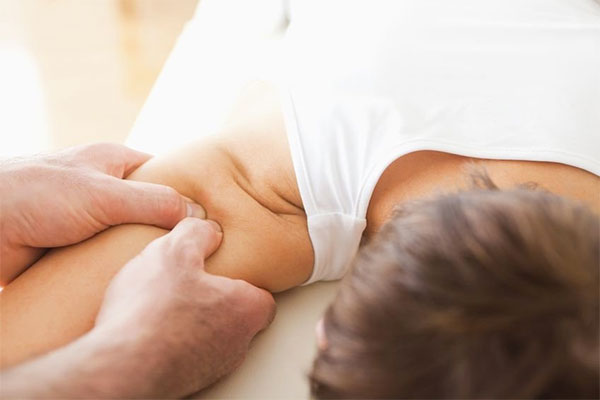
These are stronger hands on techniques that are used to help restore alignment and joint movements. It is the use of high speed, small, movement thrust of one bone to improve the motion of the joint between two bones. It is an effective method to restore the normal mobility and reduce pain at a specific joint. Prior to a manipulation is performed, you will be asked specific questions and different safety tests will be performed to ensure that manipulation is a safe and appropriate technique for you. At Banff Physical Therapy, we have physiotherapists that have undergone specific post-graduate studies in advanced manual therapy and manipulation that can assess and treat your injuries and their underlying causes. Those who have completed their training have earned the title (FCAMT) Fellow of the Canadian Academy of Manipulative Therapy.
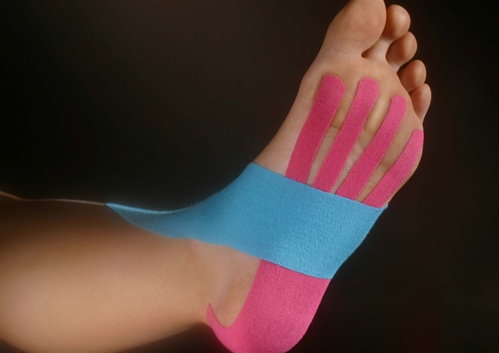
Taping and Bracing can be used to provide relief from pain, control swelling and support & compression for acute injuries. It can also provide effective support to hyper-mobile or unstable joints and sensory input to increase proprioception.
At Banff Physical Therapy & Sports Injury clinic we have physiotherapists that have the knowledge and skills to apply taping and bracing techniques to help you achieve your specific functional goal.

This involves the use of warm or cold agents to help in the rehabilitation of injuries. Their uses may assist in increasing blood flow, decreasing swelling and inflammation, increasing mobility, and decreasing pain. Thermal modalities include moist hot packs, therapeutic ultrasound, contrast baths, cryocuff, and ice packs.
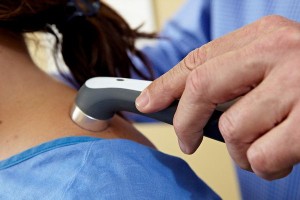
This involves the use of electrical agents to help in the rehabilitation of injuries. Comfortable stimulation of the tissue may assist in increasing blood flow, decreasing swelling and inflammation, increasing mobility, increasing function, and decreasing pain. Electrical modalities include, Transcutaneous Electrical Nerve Stimulation (TENS), Interferential Current (IFC), therapeutic ultrasound, and Neuromuscular Electrical Nerve Stimulation (NMES/EMS).
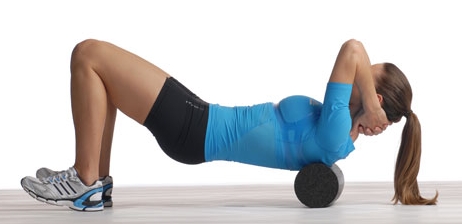
Exercise program, gym or home based, is an important part of physiotherapy. Our physiotherapists are specialists in exercise prescription. Preventative and rehabilitative individual exercise prescription will help you not only recover from your injuries but to also get you back into the level of sport performance before your injury.
Uses of Exercise Prescription include:
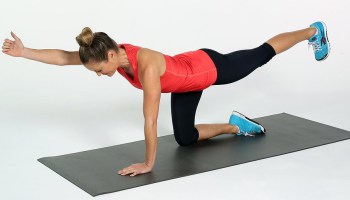
What is the "Core"?: The core refers to a group of deep stabilizing muscles in and around your lower back and pelvis. This includes the diaphragm, transverse abdominis, multifidus and the pelvic floor muscles. The core is often mistaken for your "six pack" but actually has a very different role. The core muscles do not actually create any specific movement. Instead, they anticipate the contraction of your body's large movement muscles. This provides stability to the spinal and pelvic joints so that your you are well protected when you initiate a movement. The same principles can be transferred in the neck and mid-back region, targeting their own stabilization muscle groups.
The research: Evidence has shown that after a back injury, the core muscles anticipatory contraction prior to body movement is impaired. In fact, pain itself can inhibit the core muscles from reacting in a timely manner. Specific core strengthening by a physiotherapist can help you to re-engage the core muscles and prevent future injury.
The core and function: A strong core not only prevents back injury but also impacts other parts of your body. A healthy core provides a strong base of support for arm and leg movement which can help prevent and rehabilitate hip, knee, ankle, shoulder, elbow and neck injuries.
Core strengthening programs: As part of the program given by our physiotherapist, you will learn where each of these muscles are, what their role is, how to activate these them and how to incorporate the use of theses muscles into your daily life. The benefits of this program will be transferred at work, during your activities of daily living and into sport activities.
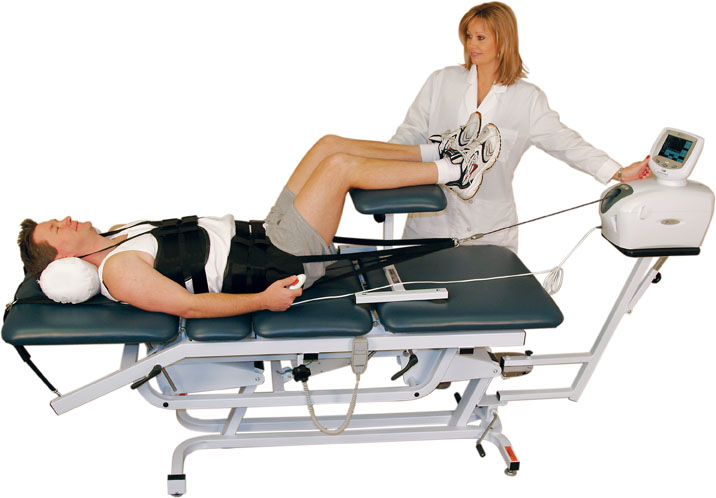
Mechanical traction involves intermittent pressure in a direction to distract joint surface of the spine. This is used to treat patients with spinal pain in the neck or lower the back. Traction is also effective for relief of neurological symptoms radiating down the leg or the arm. Often herniated disks respond well to treatment.
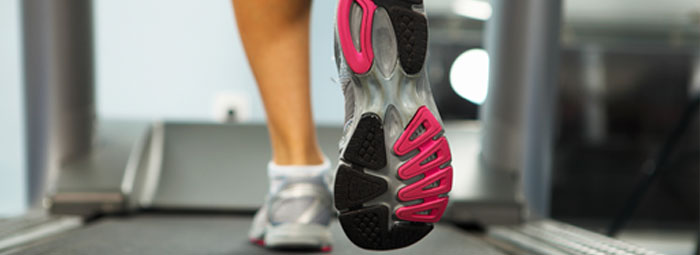
It's our belief that most running injuries are caused deficiencies in running technique, biomechanical imbalances, or training errors. This means that a large proportions of running injuries can be prevented.
Our running assessment include:
With this thorough assessment, our physiotherapists, we will provide exercises and instruction to improve technique, strength or flexibility imbalances. In some cases, our therapist might also recommend custom foot orthotics or give suggestions regarding insoles or footwear. With our running assessments, we hope to help clients to become safe and efficient runners, improve their performance and prevent injury.

Our qualified physiotherapists can evaluate and treat many problems related to acute concussion and post-concussion syndrome. Concussion is an injury that occurs to the brain when a force is transmitted to the head that causes the brain to shake inside of the skull. This can be from a direct hit to the head, face, or neck, or a whiplash type injury. Most concussions will gradually resolve in a week to ten days. When signs and symptoms persist for more than 3 months, usually a diagnosis of post-concussion syndrome (PCS) can be applied. Common symptoms include headache, dizziness, fatigue, irritability, insomnia, and concentration or memory difficulty.
Symptoms assessment (using standardized questionnaires), cervical spine, balance assessment, cognition assessment, exercise tolerance, vision/vestibular screening.
The physiotherapists will help the patient and their family understand the limitation of activities (physical, sport, recreational, cognitive, school) after a concussion, until it is safe to return to these activities. Physiotherapists will prescribe the rest and recovery program most appropriate for each patient to help them heal as quickly as possible.
Dizziness and reduced balance following a concussion may require vestibular, visual and balance training programs built specifically by our physiotherapist to help individual patients.
Physiotherapists can assess the different possible causes of headaches, and use specific treatments and exercises to reduce and eliminate them. Treatment may include stretches, strength and motion exercises, eye exercises, massage, manual therapy, acupuncture, IMS and physical modalities.
Physiotherapists can help the patient avoid overloading the brain and nervous system, as they increase their activity level. Overloading the brain during activity after a concussion interferes with the healing of the brain tissue, and can make your symptoms return. However, properly prescribed exercise can help regulate brain derived neurotrophic factor (BDNF) which enhances neuronal survival, growth and synaptic plasticity. This way, the physiotherapist can help with return to your normal life and sport activities in the quickest and safest way possible, while allowing the brain to properly heal.

Banff Physical Therapy is proud to offer online services as a response to the COVID-19 crisis and the need for social distancing. Our Online Physiotherapy Services will include initial assessment, education, exercise prescription, self-mobilization techniques and other self-management techniques. We are using our Online booking system application, which provides simple and secure environment for our telehealth physiotherapy visits. All Albertans can access our services.
All clients will need a device with a microphone and a camera, laptop preferable but smart phone will work. There is no need to download an application or a software. All your data is secure and none of your information is stored.
If you have any questions regarding Online physiotherapy visits, please contact us by email at info@banffphysicaltherapy.com or phone us at 403-762-3734.